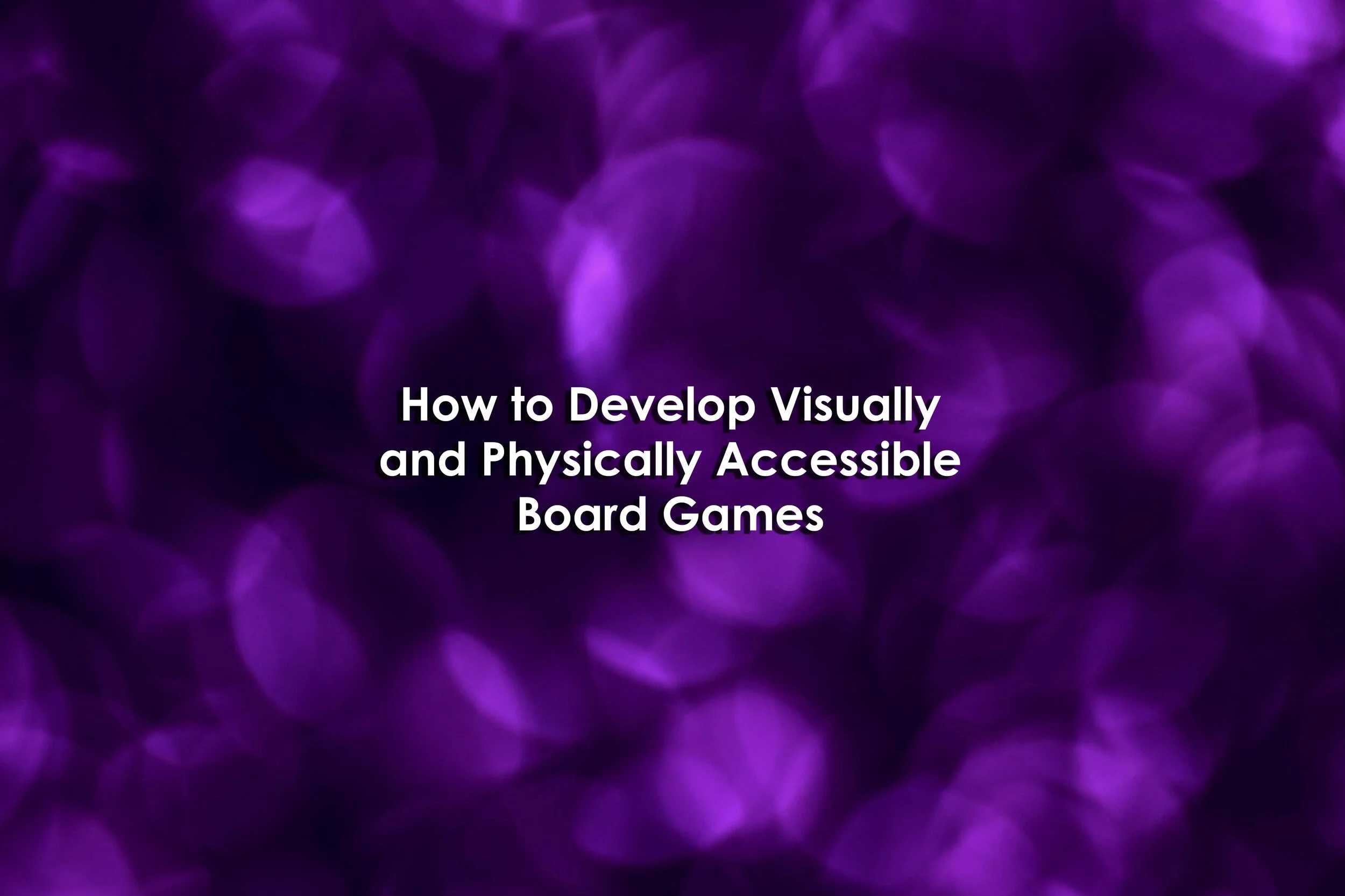How to Develop Visually and Physically Accessible Board Games
How to Develop Visually and Physically Accessible Board Games
How to Develop Visually and Physically Accessible Board Games
By Brandon Rollins
January 8, 2020
Summary
Accessible games are ones where people can still play your game even if they have extraordinary usability needs.
Mostly it's about how information is presented and how the game is manipulated, but I also include aspects of cultural inaccessibility and representation.
Previously I've been mostly focused on video games, with a special emphasis on games with unusual interfaces, such as text-based games.
Mostly, games tend to fall down in one or two categories rather than across the board.
Mostly it's about how information is presented and how the game is manipulated.
Assuming any of us ever get to retire, and assuming we want to play the games we never had time for in our working lives, we're going to want them to be accessible.
Brandon: What are some ways in which games often fail to be visually accessible?
Brandon: What are some ways in which games often fail to be physically accessible?
Often times, small tweaks and a general sense of awareness go a long way toward creating professional and polished board games.
By exploring some of the ways we can make games more accessible, especially visually and physically, we can create games that more people can play.
Reference
Rollins, B. (2018, January 8). How to Develop Visually and Physically Accessible Board Games. Retrieved November 19, 2020, from https://brandonthegamedev.com/how-to-develop-visually-and-physically-accessible-board-games/


